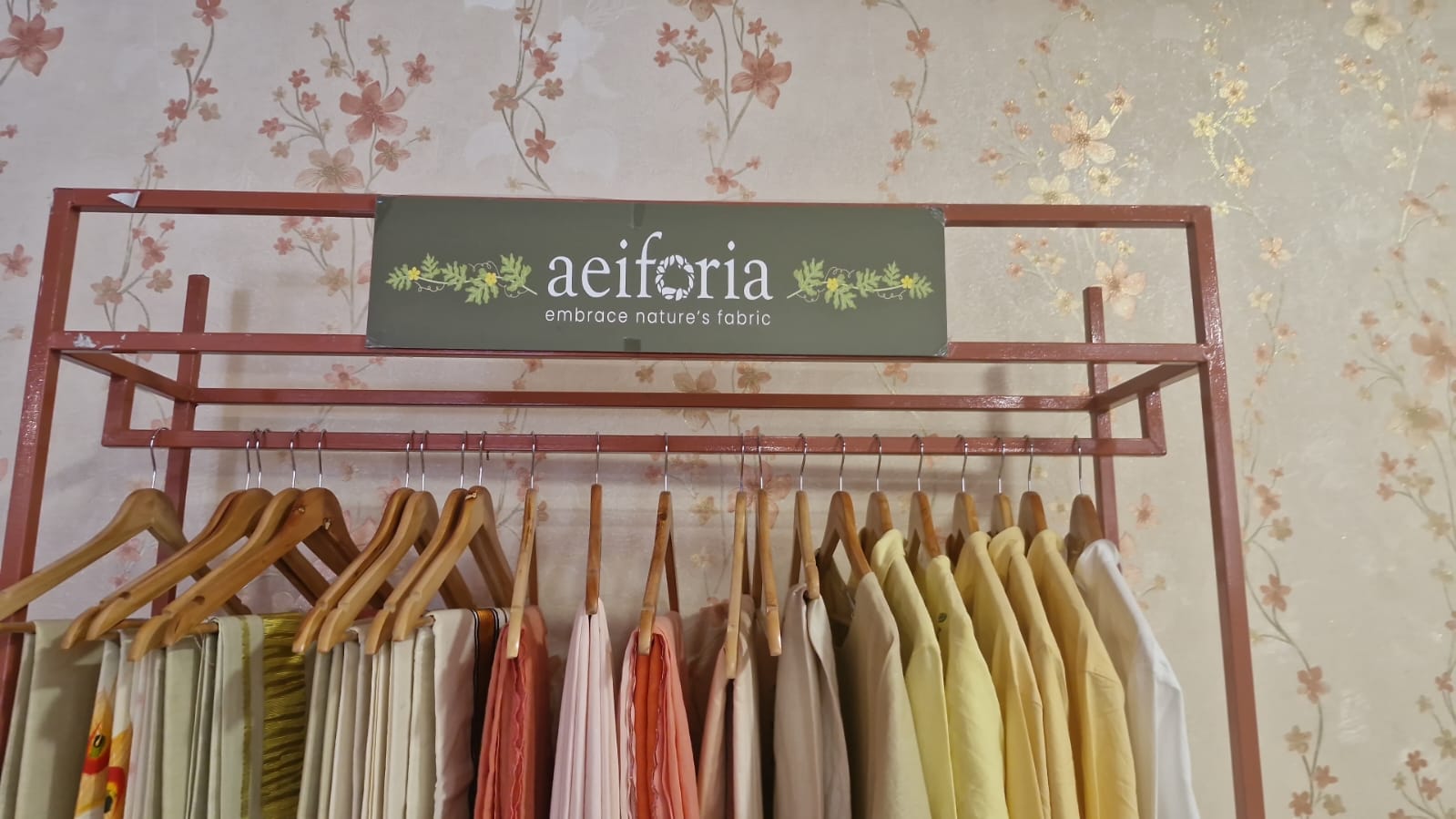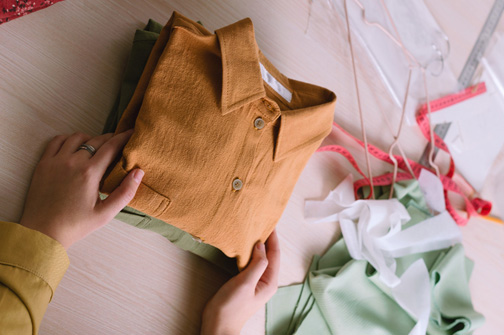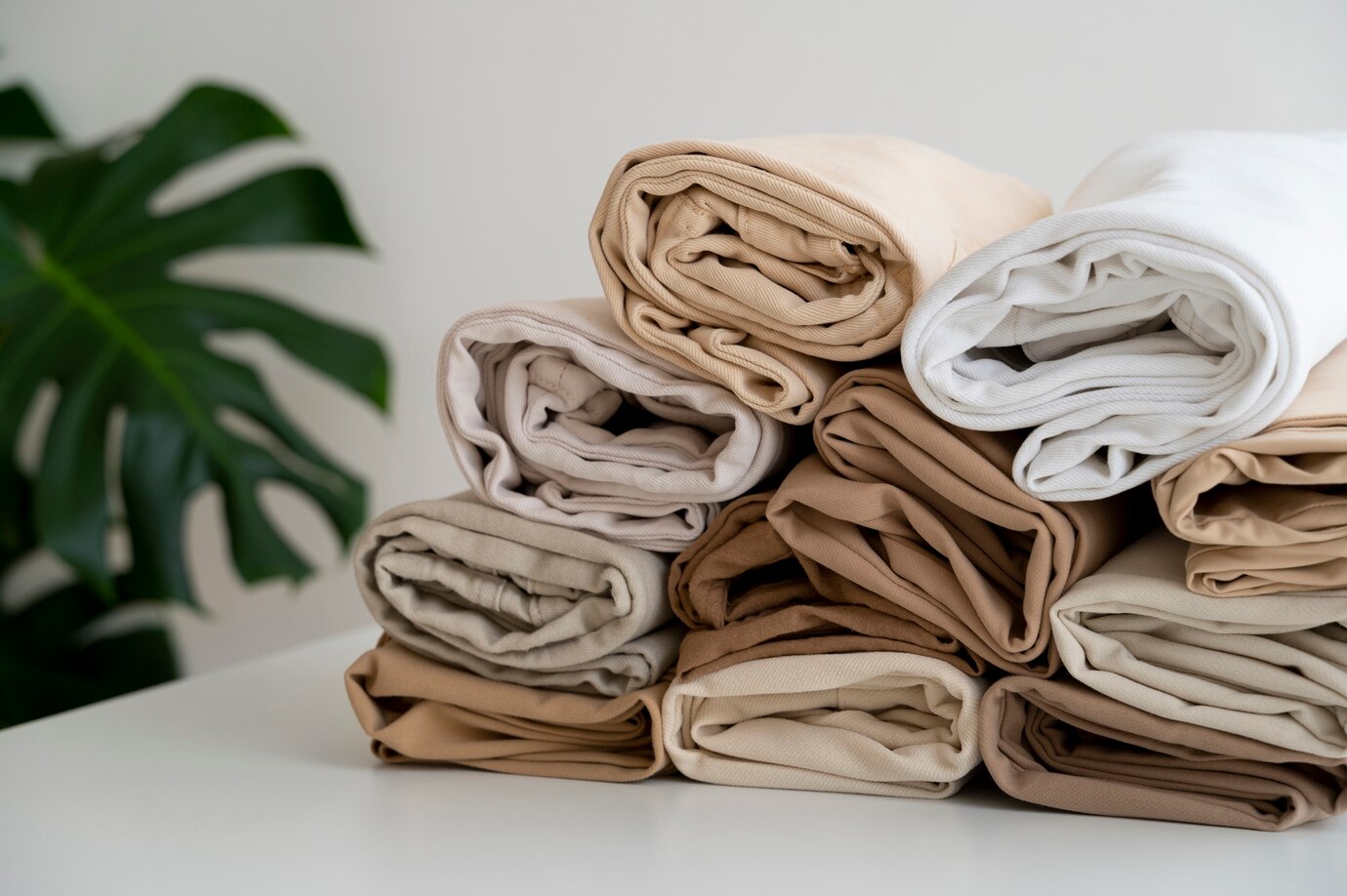
The Craft of Natural Dyeing: An Eco-Friendly Path Toward a Sustainable Future
The Craft of Natural Dyeing: An Eco-Friendly Path Toward a Sustainable Future
As environmental awareness grows, natural dyeing is gaining new relevance in the textile world. Once pushed aside by synthetic alternatives, this centuries-old practice is re-emerging as a sustainable, eco-conscious solution. Derived from plants, minerals, and insects, natural dyes offer a rich, earthy palette—without the environmental and health hazards linked to chemical dyes.
What is Natural Dyeing?
Natural dyeing is the process of extracting color from botanical or mineral sources—like indigo leaves, turmeric, madder root, or walnut husks—and applying it to textiles. Unlike synthetic dyes made from petrochemicals, natural dyes are biodegradable, non-toxic, and safer for artisans, wearers, and the planet.
Environmental Benefits
1. Less Water Pollution-Synthetic dyeing is one of the leading causes of industrial water pollution. Natural dyes, by contrast, release little to no harmful waste and decompose easily, leaving a lighter footprint on
ecosystems.
2. Lower Carbon Emissions: Many natural dye ingredients are locally sourced and require less energy-intensive processing, helping to reduce overall carbon emissions in the supply chain.
3. Waste Reduction: Natural dyeing often uses food and agricultural by-products—like onion skins, pomegranate peels, or avocado pits—transforming waste into beauty and promoting circular design.
Challenges and Considerations
Natural dyeing isn't without its hurdles. It demands more time, skill, and sometimes yields less consistent results in terms of colorfastness. However, innovations in natural mordants and dyeing methods are helping to close that gap—making it increasingly viable for small-scale makers and ethical fashion brands.
Conclusion
Natural dyeing is more than just a process—it’s a commitment to craftsmanship, environmental respect, and cultural heritage. As the fashion industry shifts toward greener practices, embracing natural dyes offers a meaningful step forward, proving that beauty and sustainability can coexist—brilliantly.
Related Insights

Top Sustainable Fashion Trends to Watch in 2025
Sustainability is driving the evolution of fashion, as both brands and consumers turn toward eco-conscious choices. Here are the top trends shaping the industry in 2025.
View Details
Slow Fashion: A Conscious Choice for a Sustainable Future
In a world dominated by fast fashion, slow fashion is emerging as a movement that prioritizes quality, sustainability, and ethical production. Unlike mass-produced trends that quickly go out of style...
View Details
Chemical-Free Clothing: A Step Towards Sustainable Fashion
In a world increasingly conscious of sustainability, chemical-free clothing is gaining momentum as a healthier and more eco-friendly alternative to conventional fashion. Unlike mass-produced garments...
View Details
